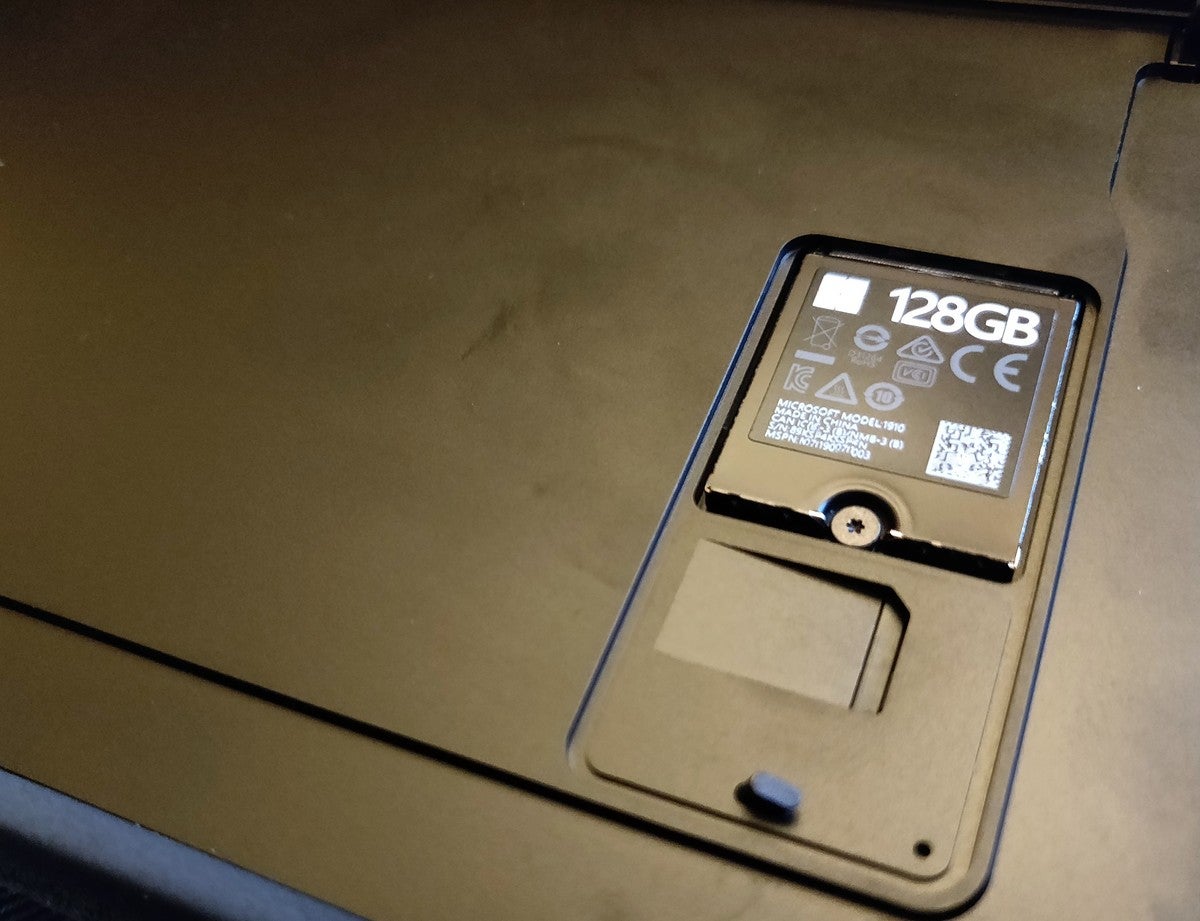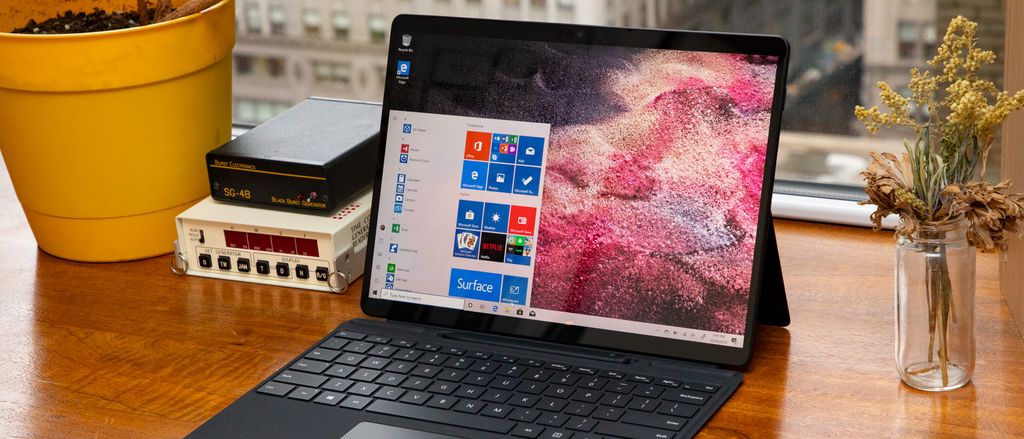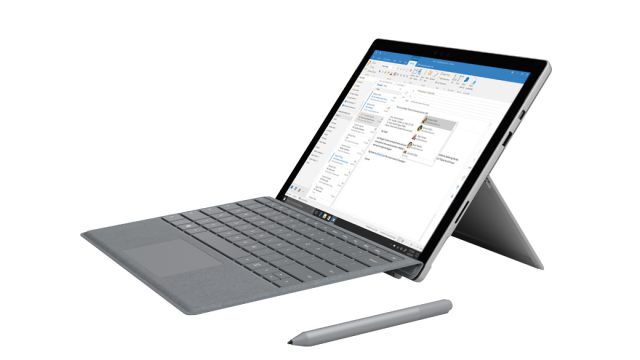

And oh yeah, it’s back-lit too!Īt the same time, the Type Cover doubles as a useful protective cover for the screen, and automatically turns off the screen when it’s closed over. The chicklet styled keys might make the layout cramped, but it at least offers reasonable tactility and travel to make typing very smooth and natural. Transforming the Surface 3 from a tablet to a hybrid laptop is achieved by picking up the any of the Type Covers, which is great if you prefer the usual typing experience over touch interaction. With the LTE version, there’s a SIM slot located on the bottom left area of the tablet. The good in this is that it’s an easy replacement in the event it goes bad or goes missing, but it doesn’t offer the same safety protection as the magnetic connection if it’s accidentally yanked off. One notable change to the design is the decision to go with a standard microUSB port for its charging, as opposed to the proprietary magnetic connections we’ve come to see in the series. The kickstand continues to give the Surface 3 more versatility than some other tablets, since it provides us with a hands-free video watching experience, but there are now offers 3 preset angles – with one of them giving us the necessary angle to use it in our lap comfortably. To its credit, though, we’re gladly accepting of its size considering it attempts to be more of a hybrid mobile computing device running full Windows 10, than say, your ordinary touchscreen-only tablet. While it’s far more liberating to carry around than other laptops and ultrabooks, it’s still thicker and heavier than some of today’s prized tablets. It’s seriously a design we all know and associate with the Surface line, evident in its magnesium chassis and adjustable kickstand. Microsoft didn’t change up the recipe with the Surface 3, as it employs the same angular design language of its predecessors.

For its latest offering, the Surface 3 ditches Windows RT altogether and takes nearly everything we love about Surface Pro 3, but presents itself as a more affordable package.ĭesign Staying true to the Surface lines’ foundational design traits, it’s a full-blown PC in a liberating, compact package.

Apparently, consumers didn’t take too kindly of Windows RT’s limiting experience, especially when other PC makers eventually offered cheaper tablets that ran the full Windows experience. It resulted in the first Microsoft Surface, and subsequently, its successor in the Surface 2. Microsoft tried to do something different when they first introduced its Surface tablets by reserving the full-blown desktop experience to its Pro line – and the tablet-optimized experience with its standard, non-Pro versions of the Surface. Remember Windows RT? We certainly do, but we don’t miss it at all.


 0 kommentar(er)
0 kommentar(er)
